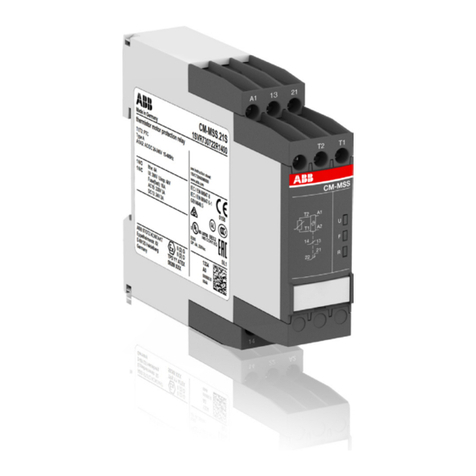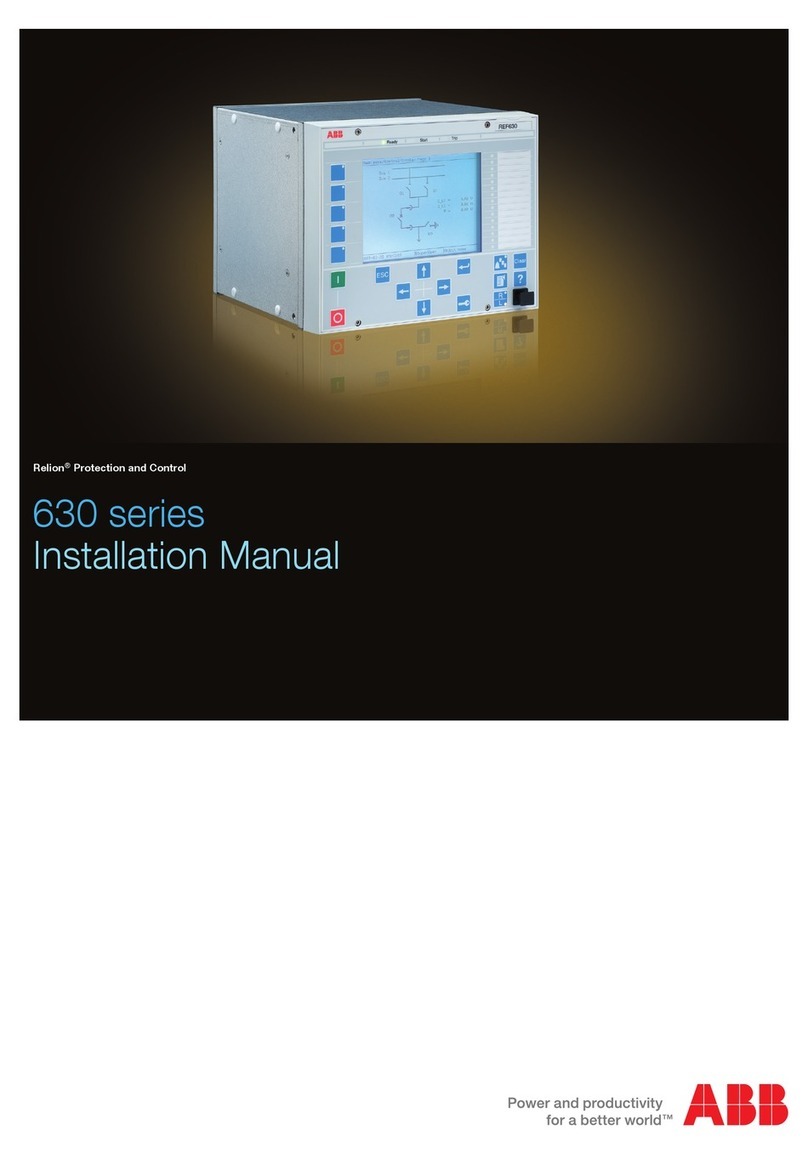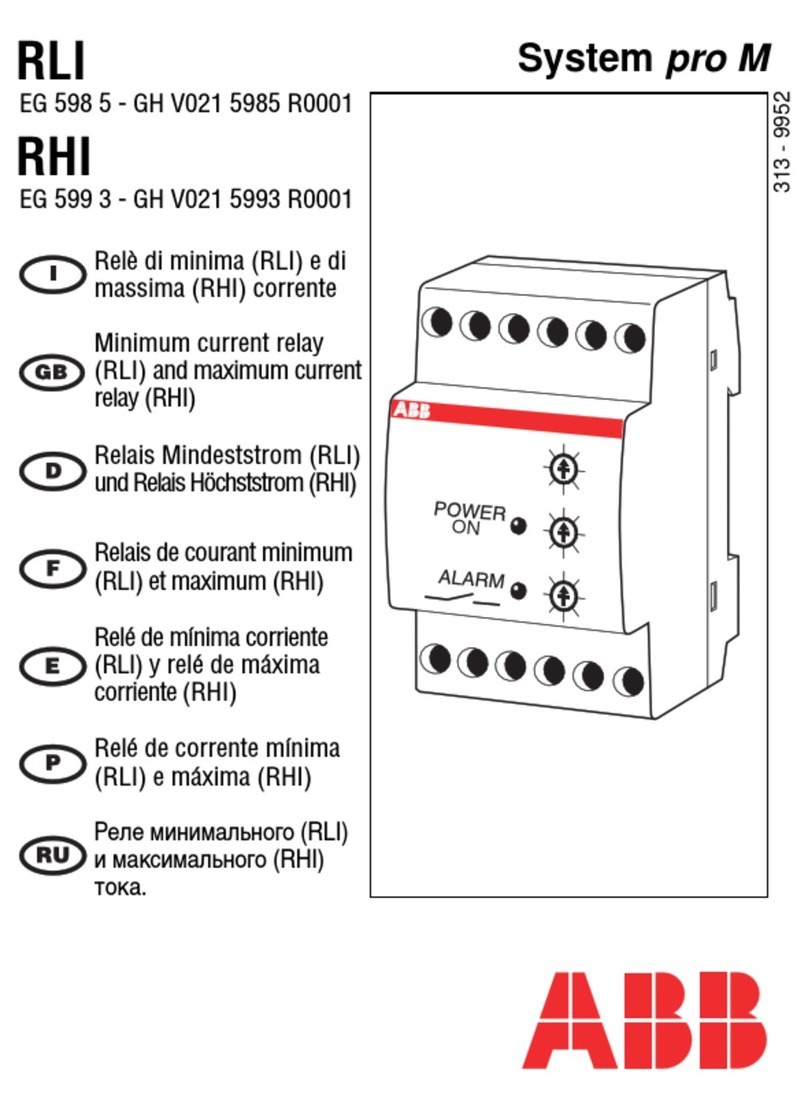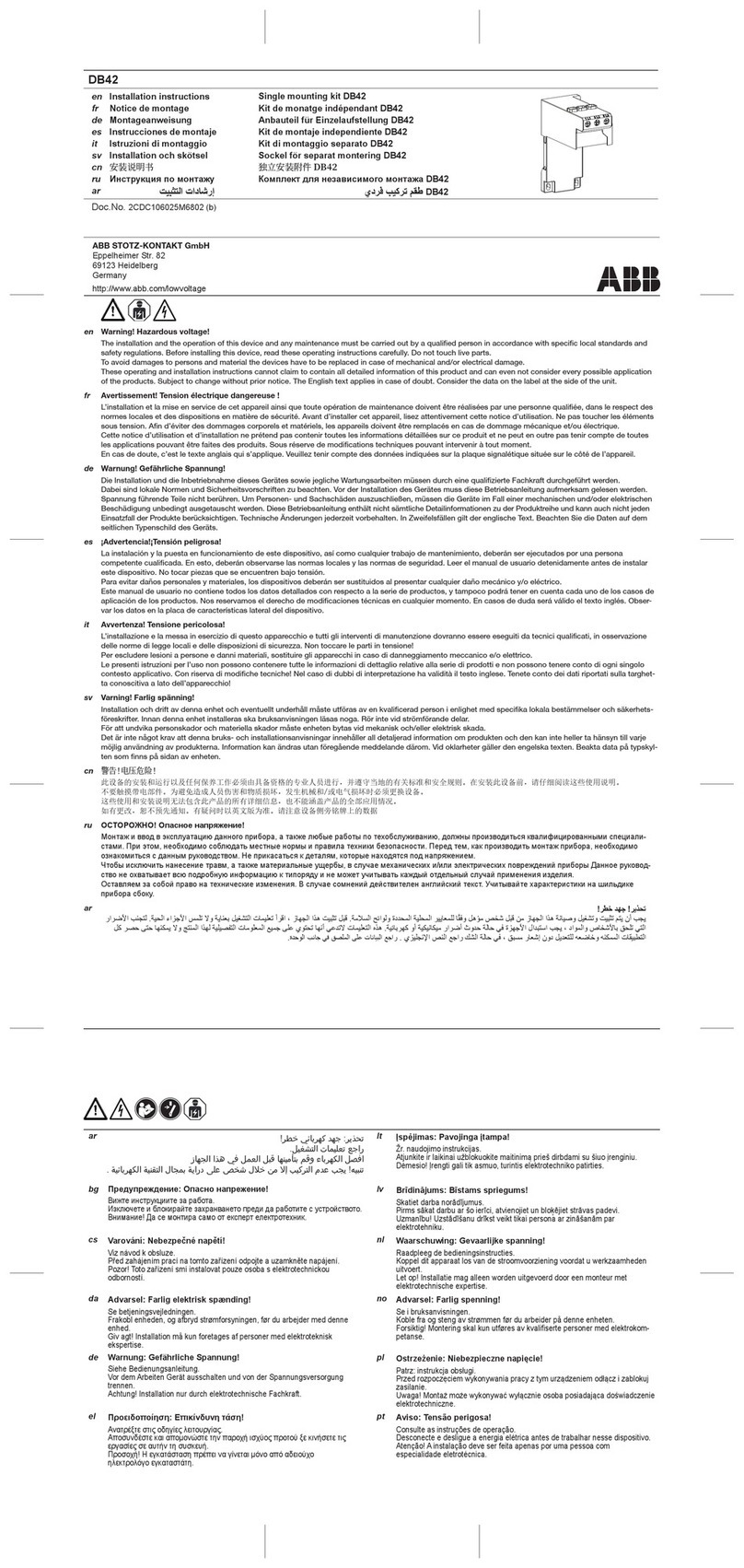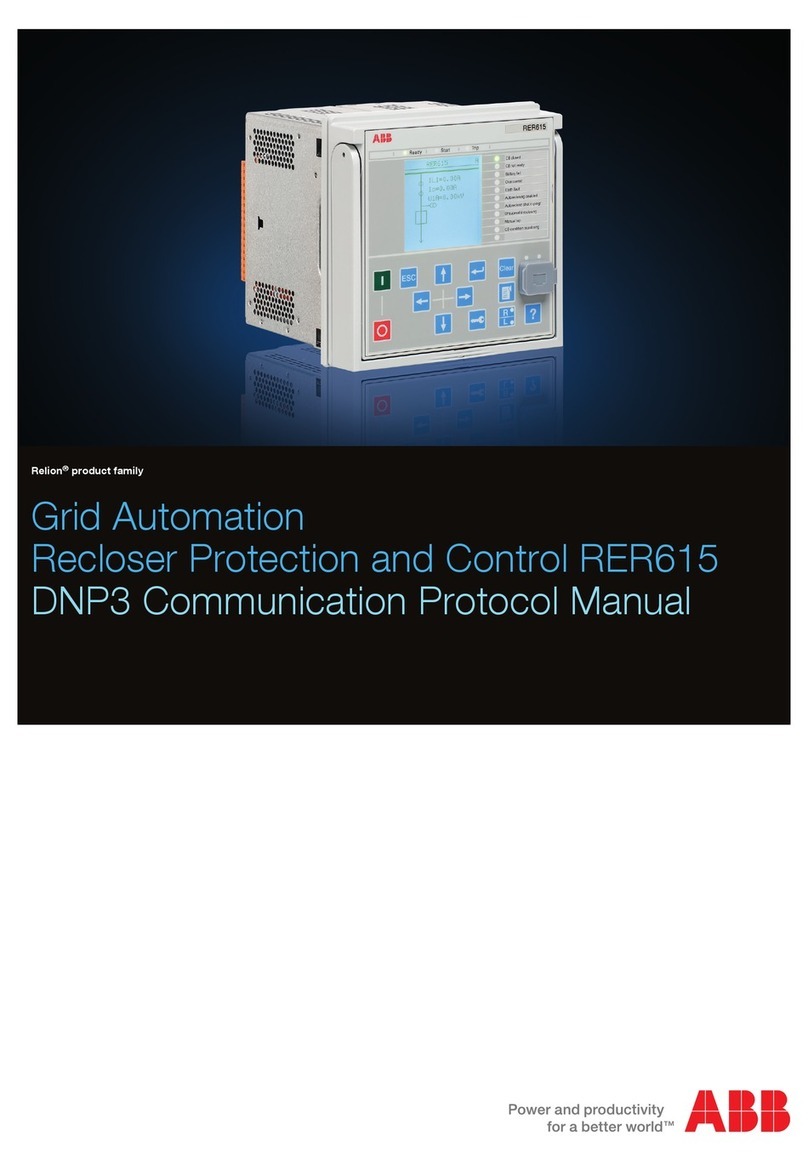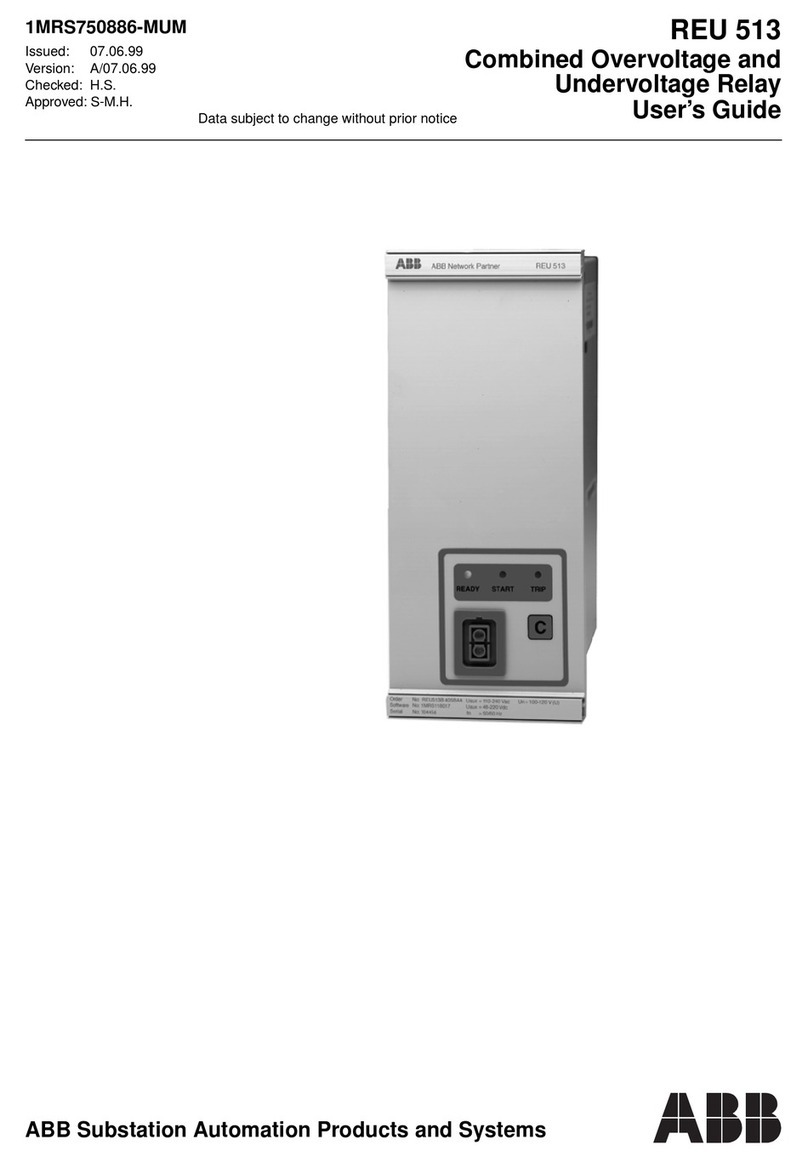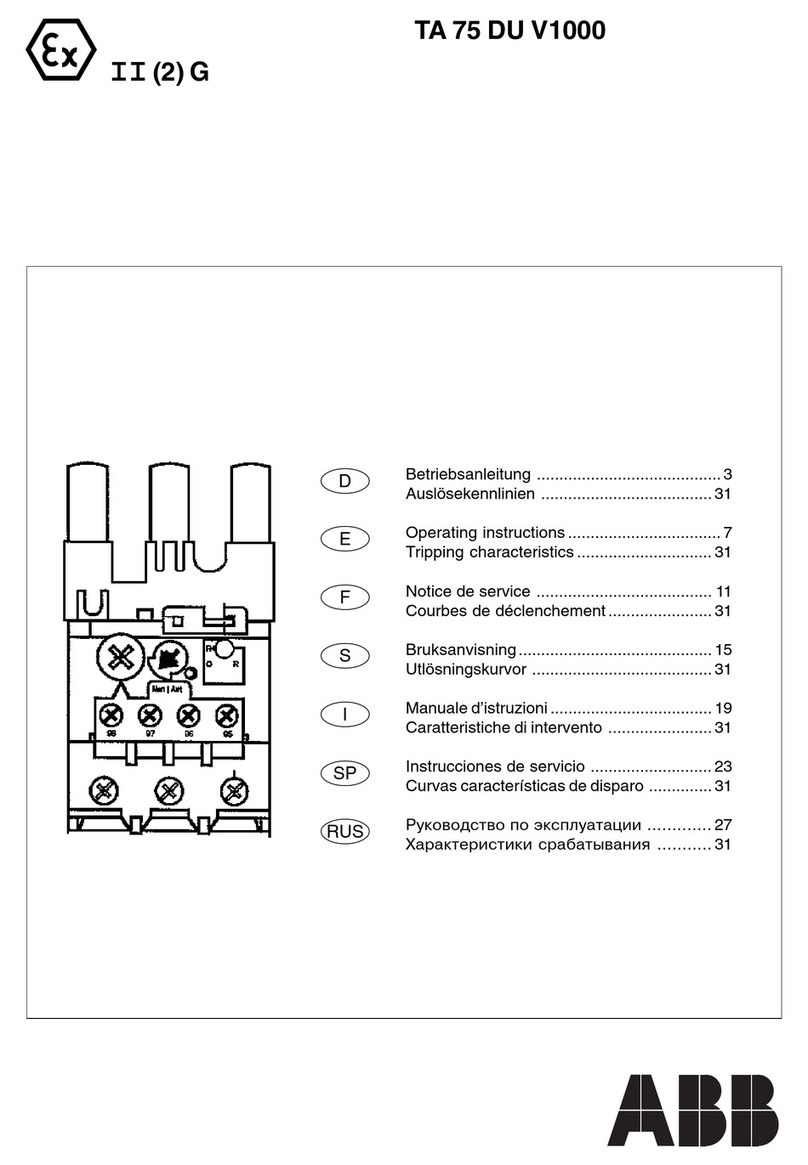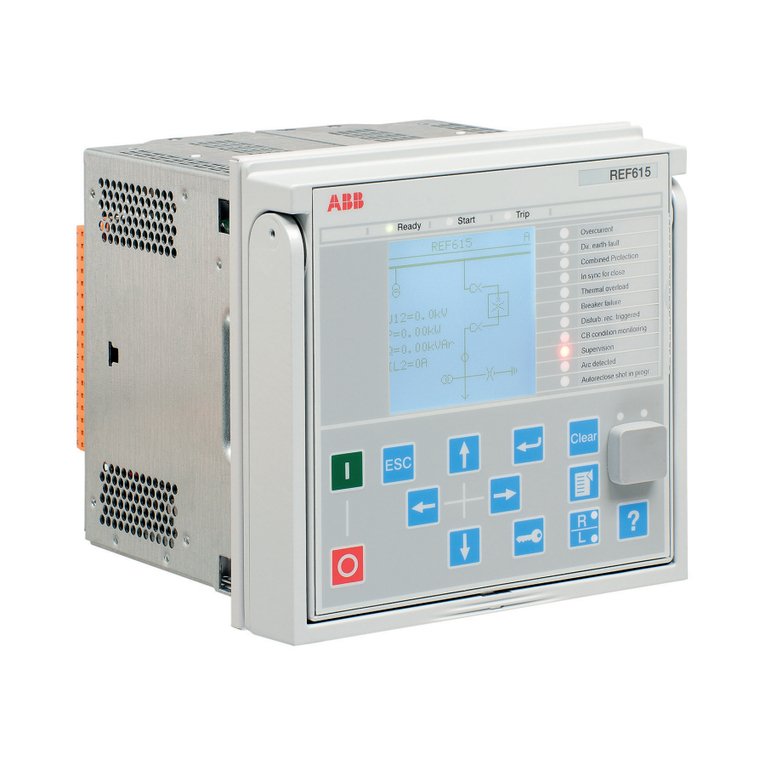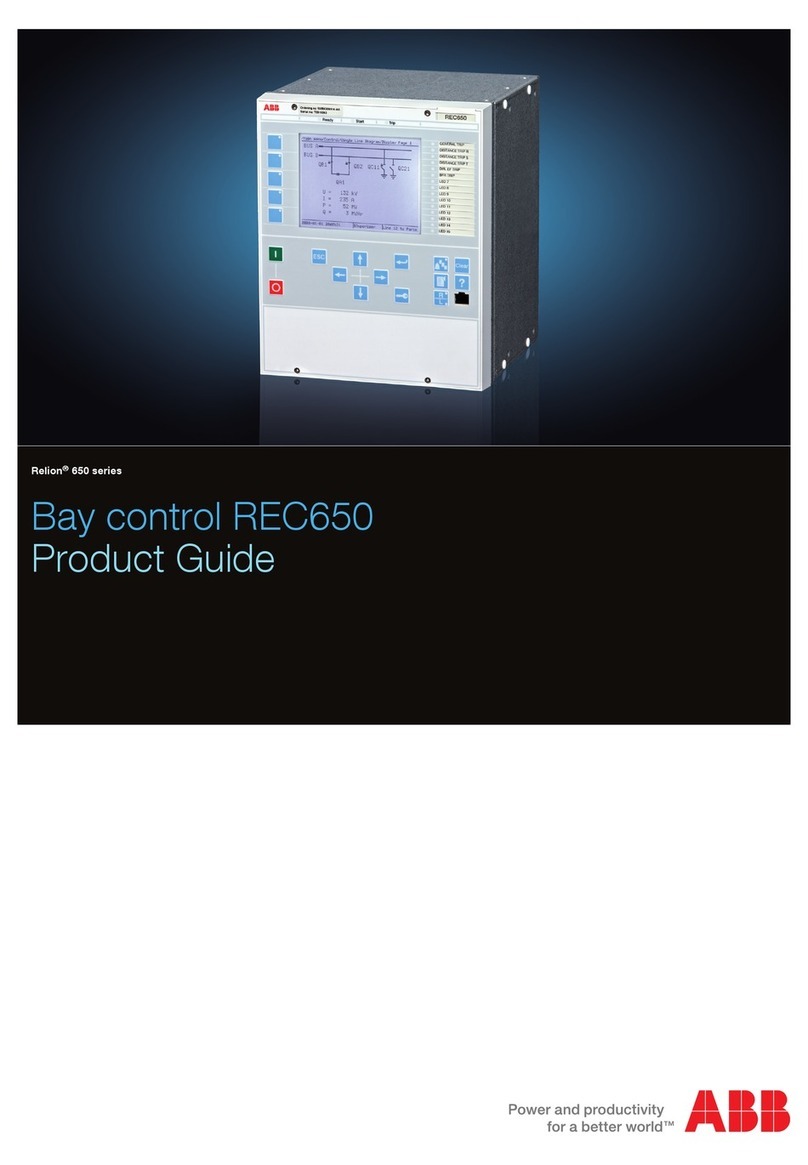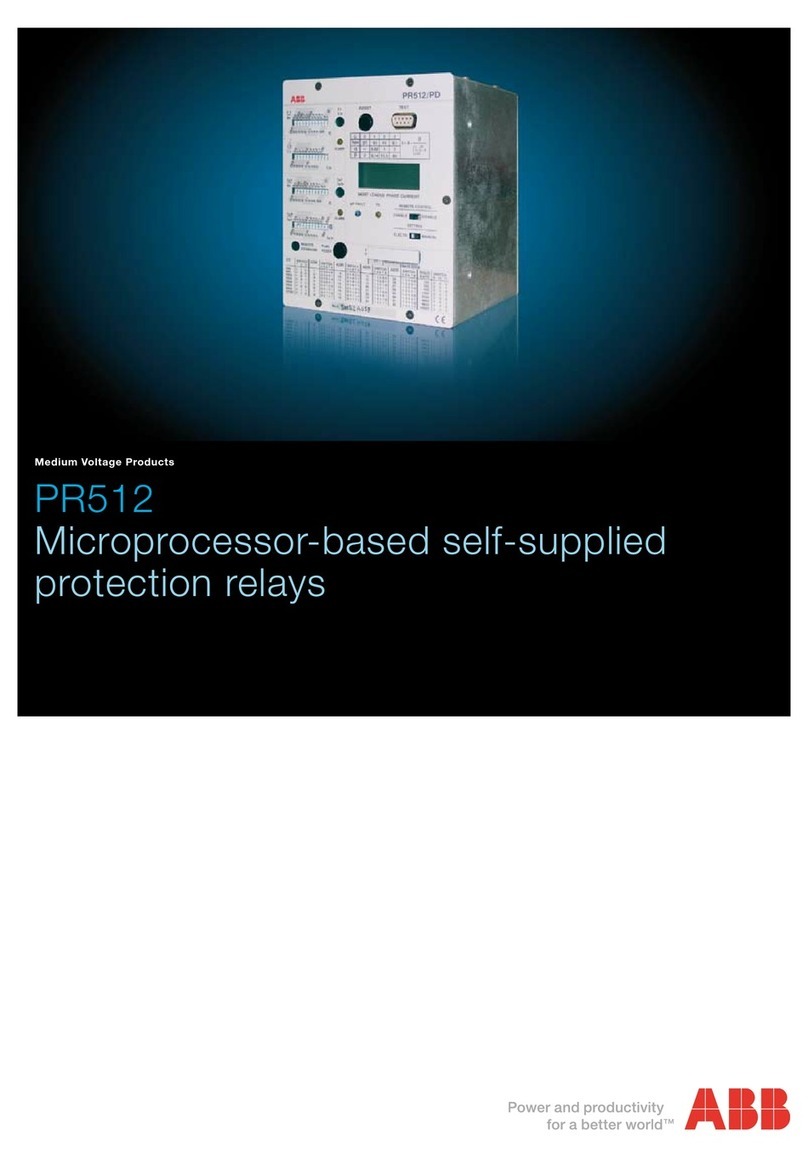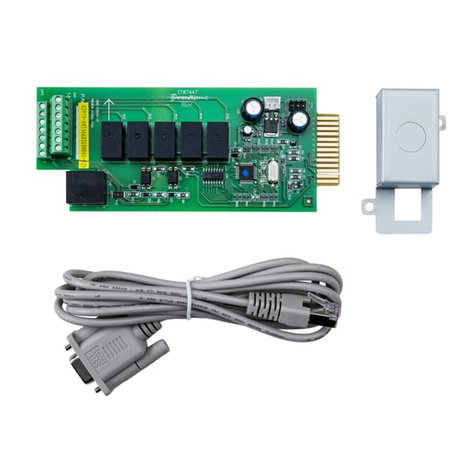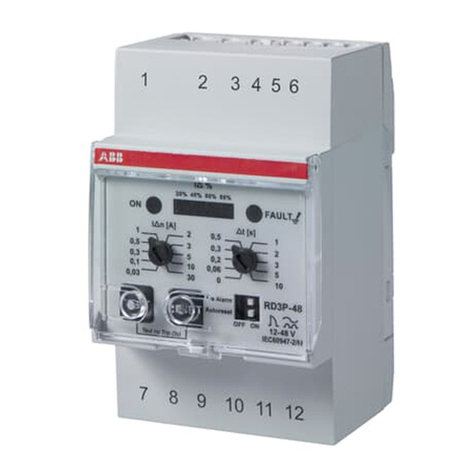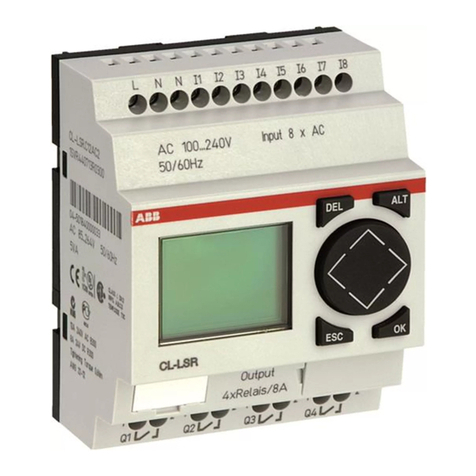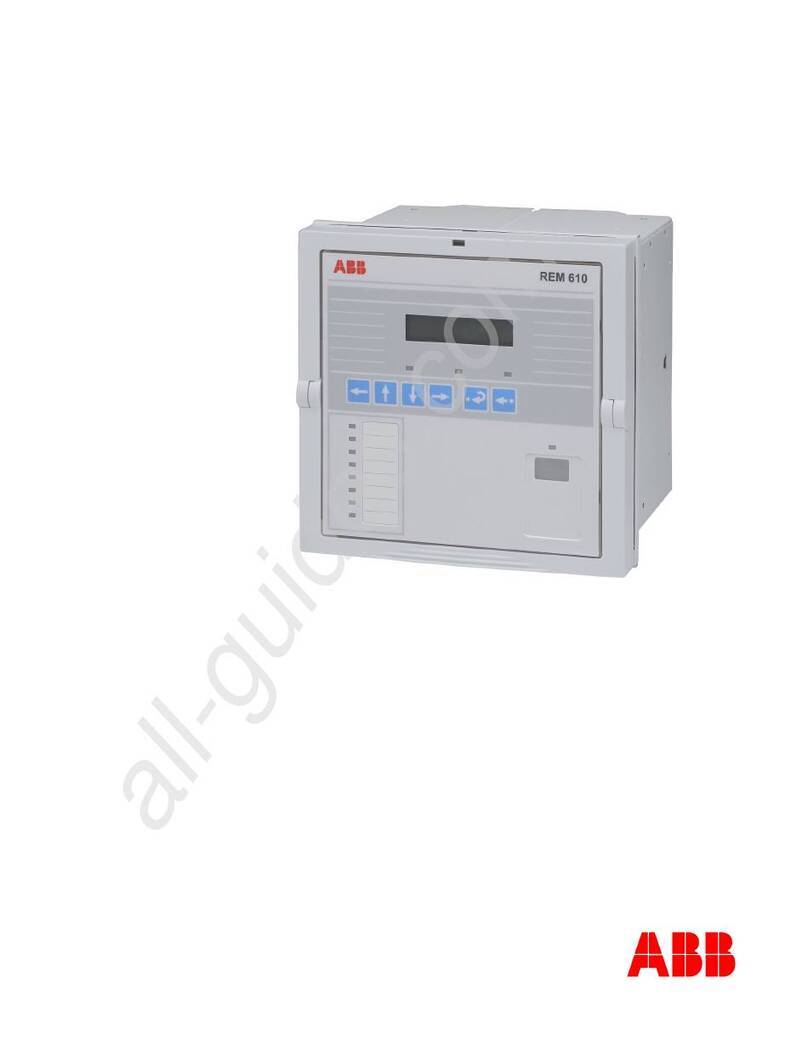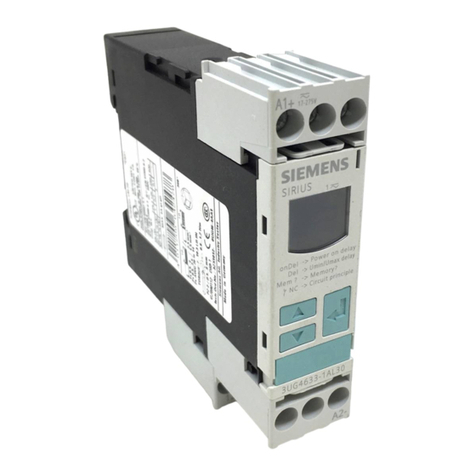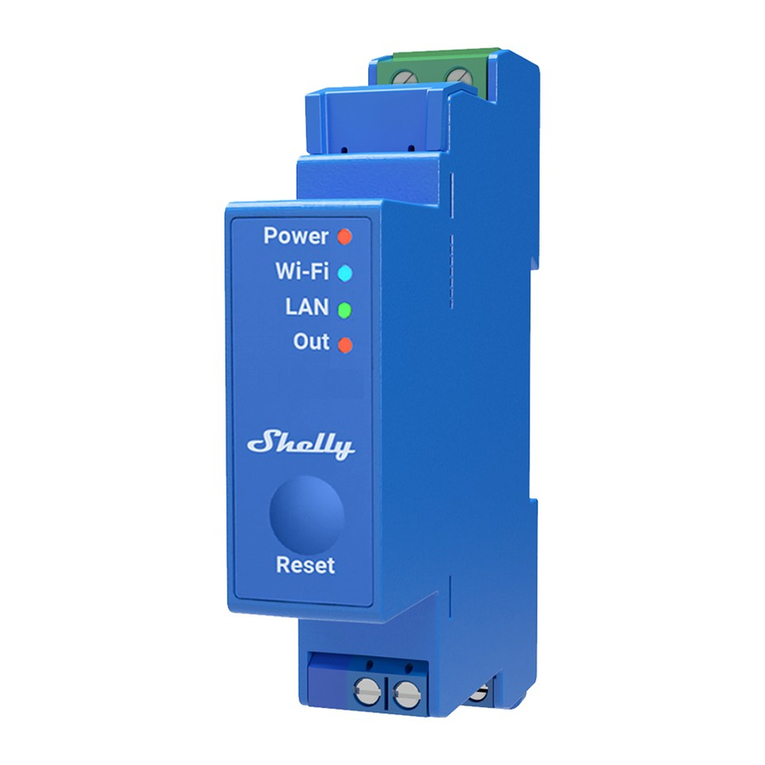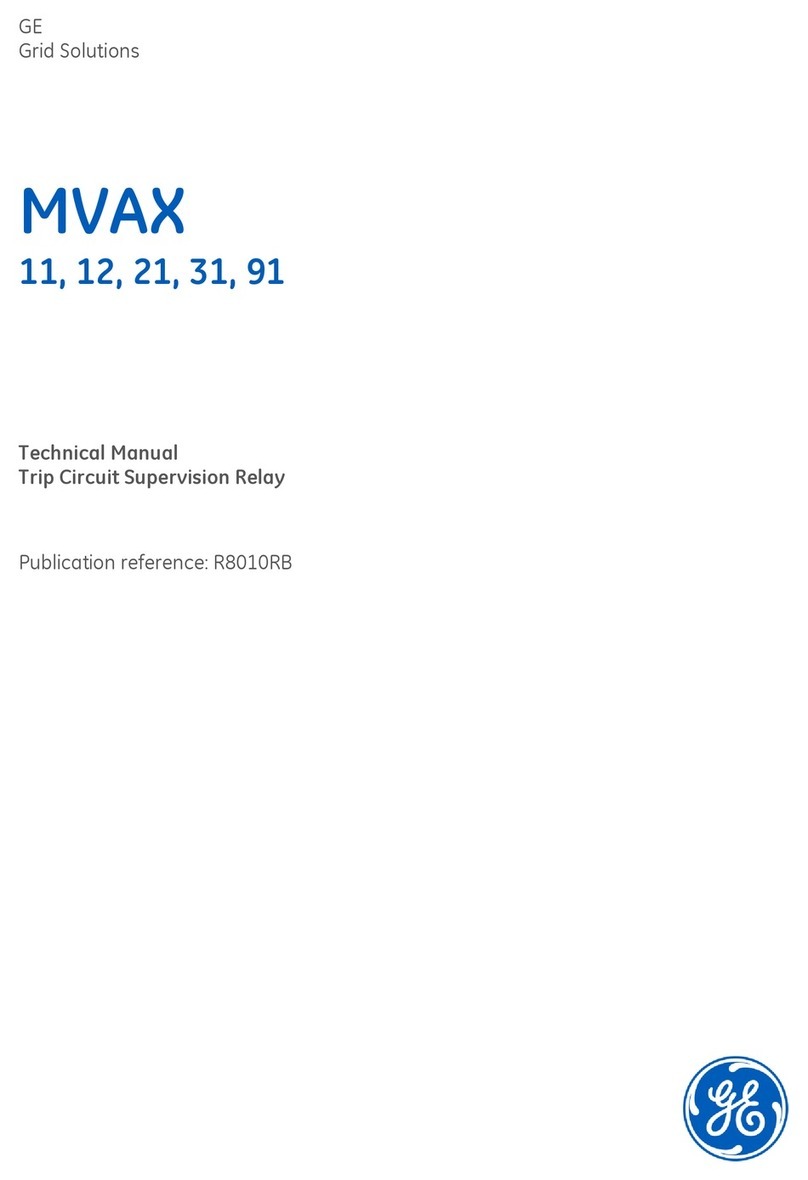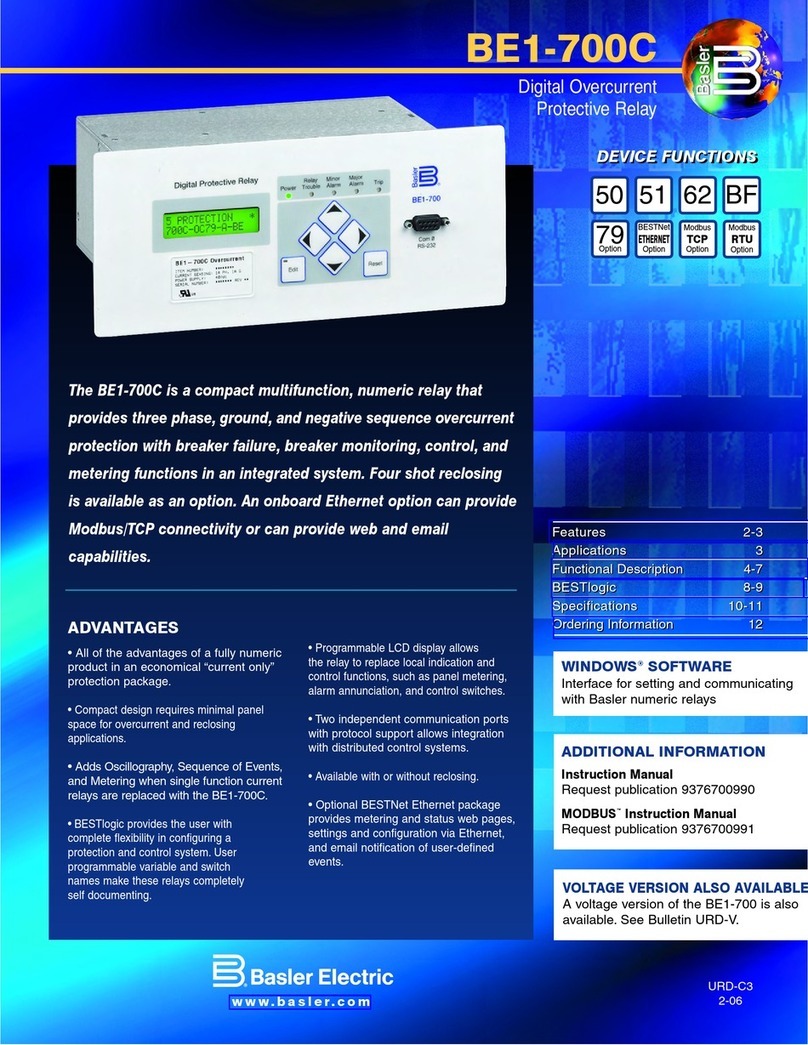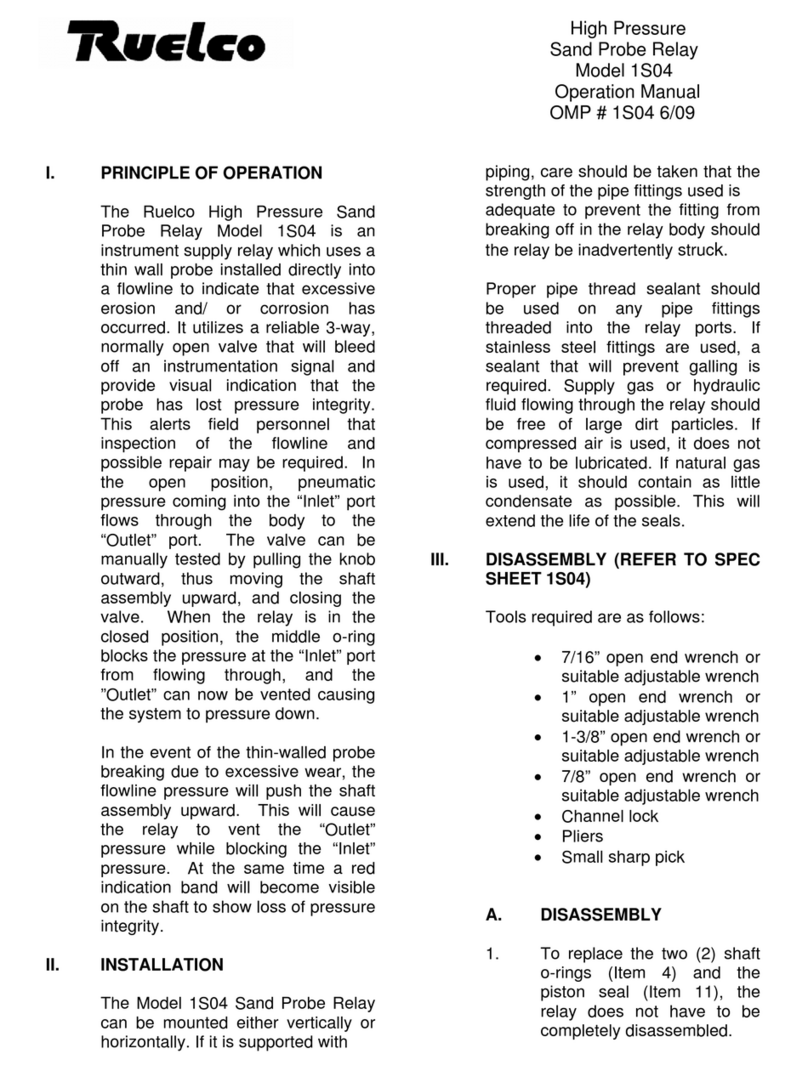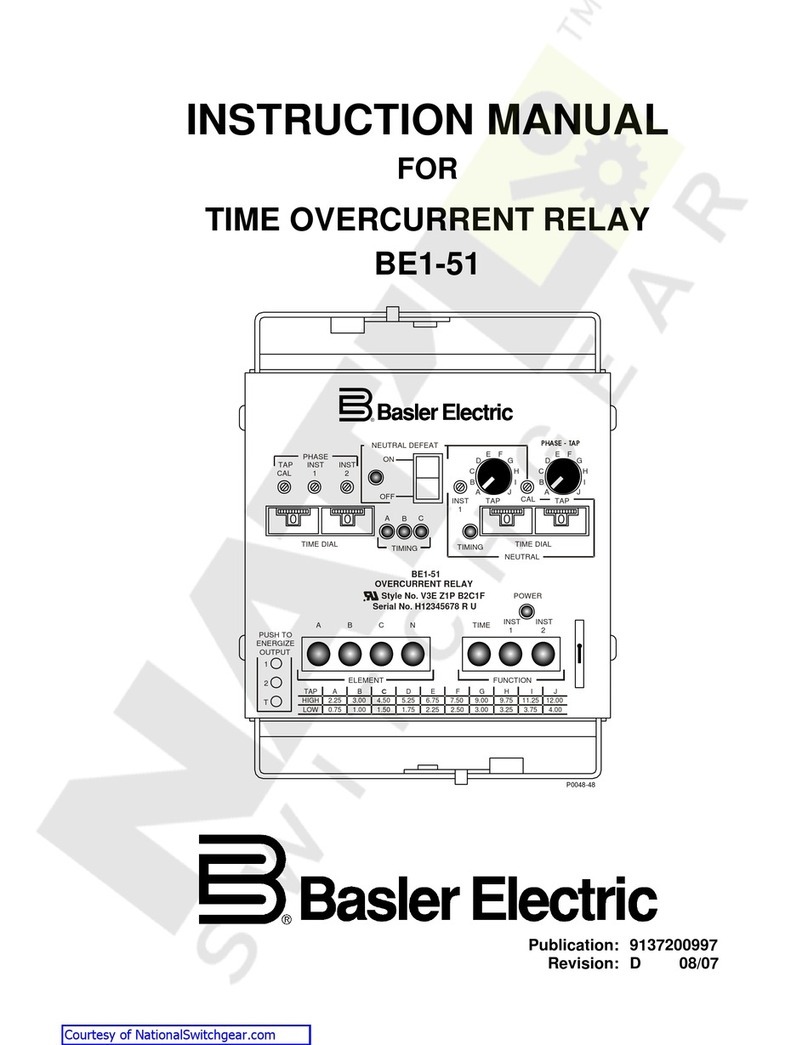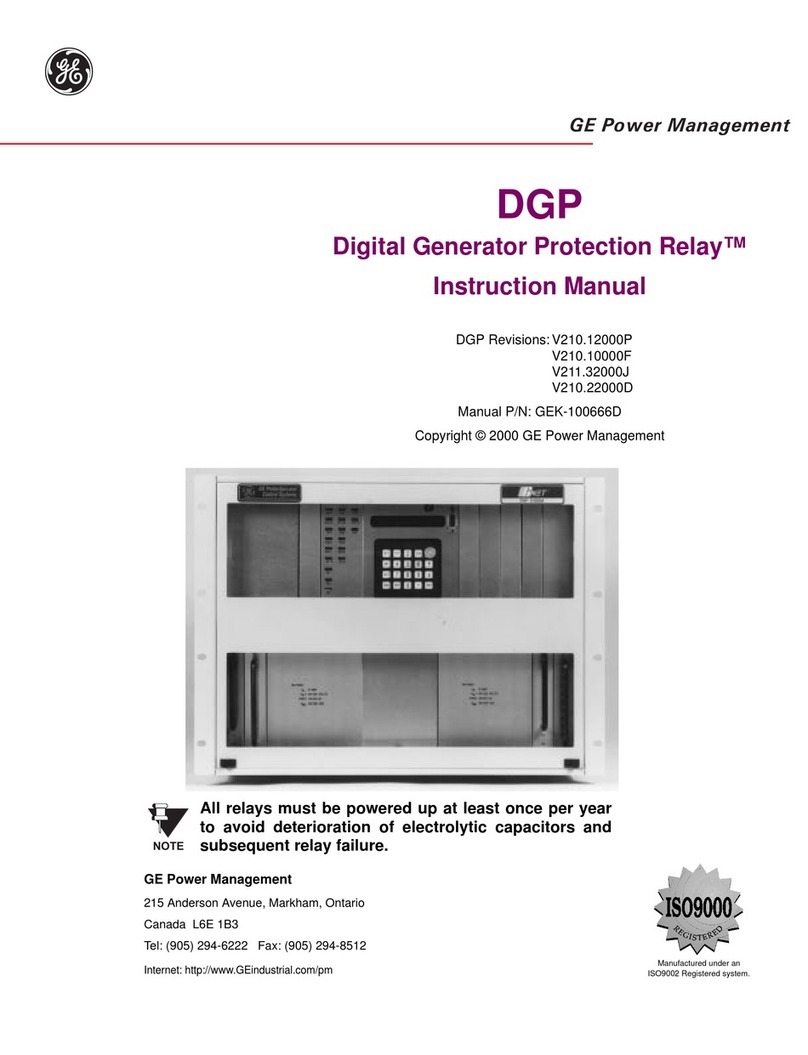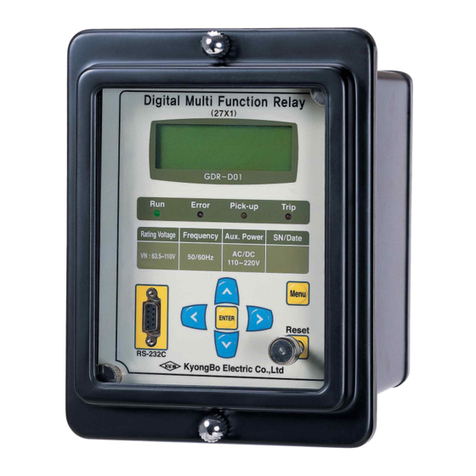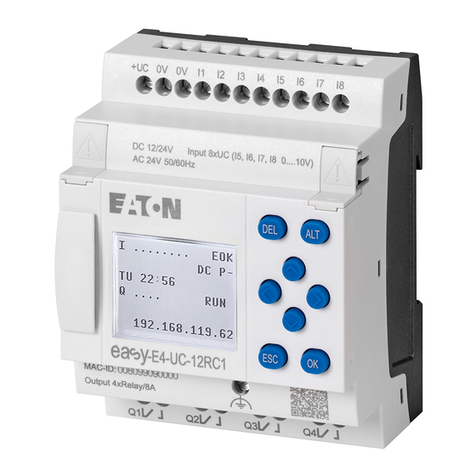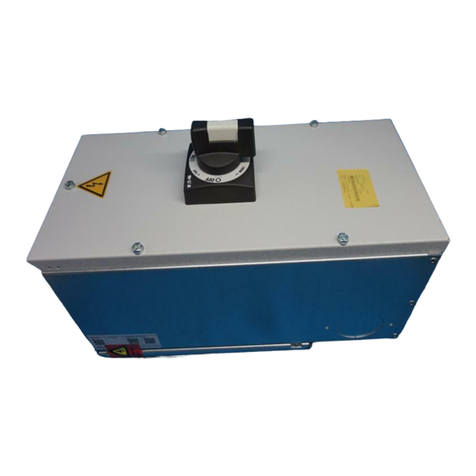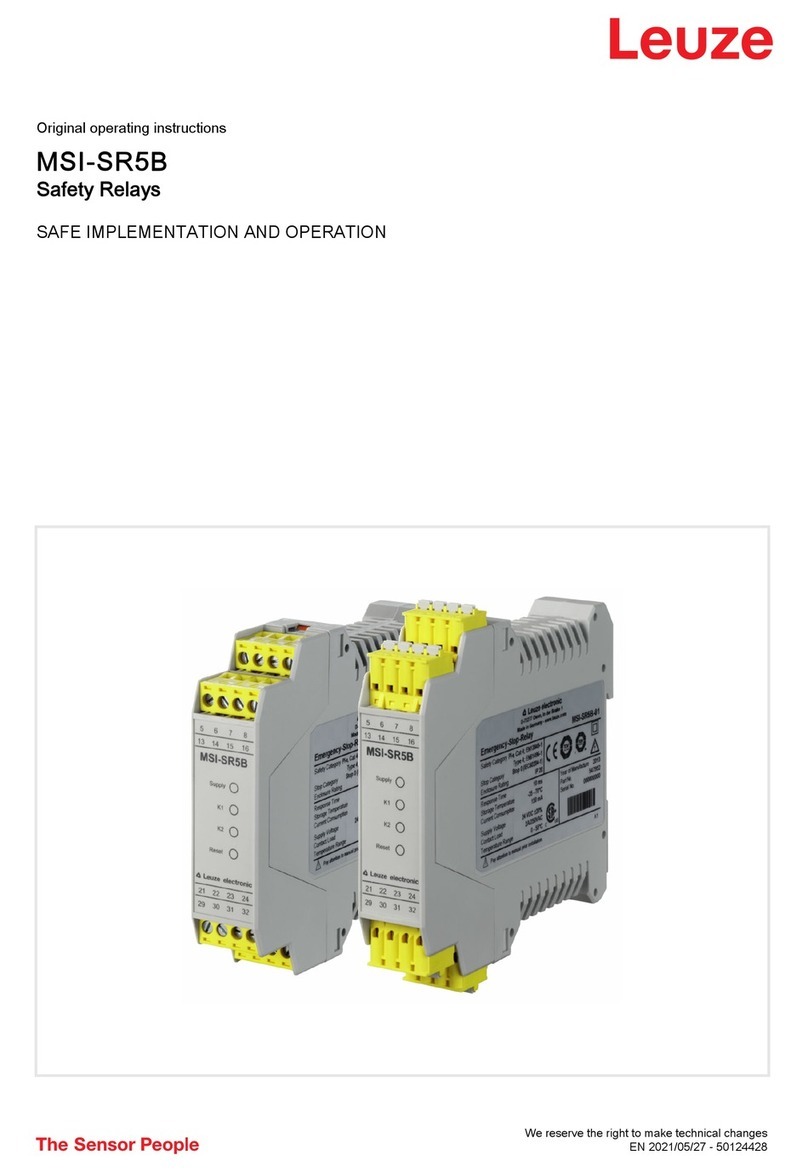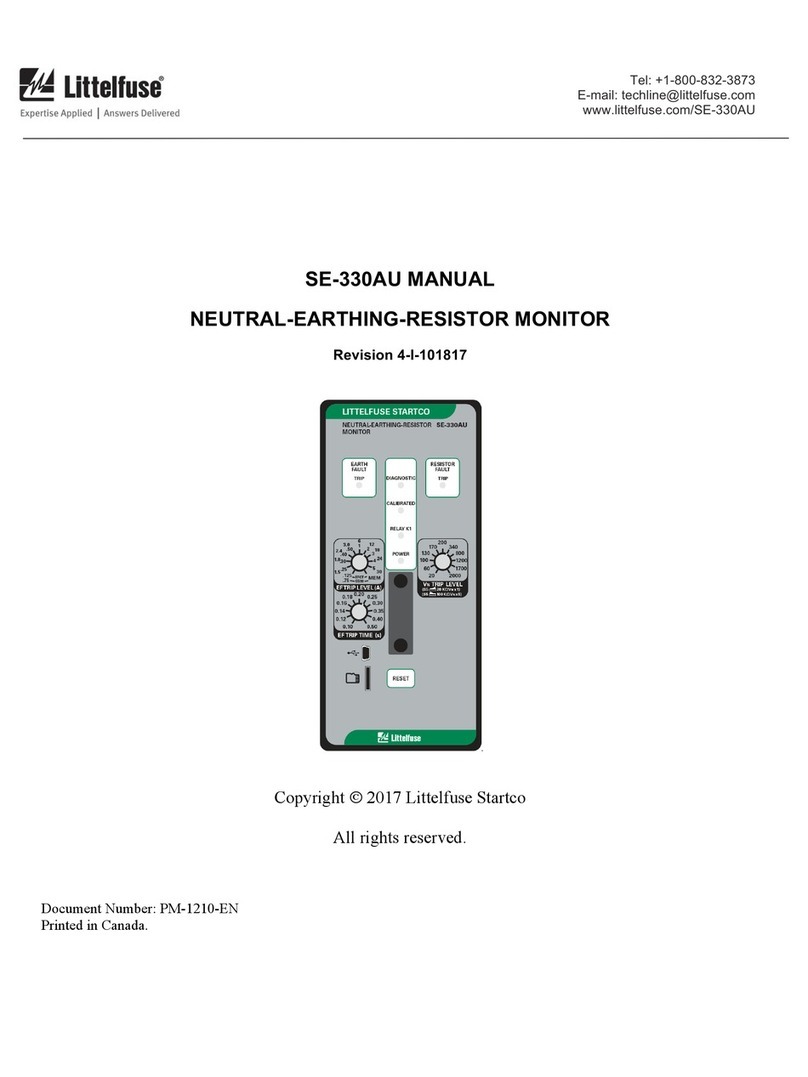
Type TD-5 Class 1ETime Delay Relay 41-579.11B
7
2.8 OPERATIONOF TD-5 RELAY
Operation of the TD-5 relay occurs when the silicon
controlled rectified (SCR) switches from a non-
conducting state to a conducting state. In the non-
conductingstate, theSCR actsasanopenedswitch to
preventenergizationoftheTRrelay,butintheconducting
state it acts as a closed switch to connect the TR relay
to the dc source. To switch the SCR from a non-
conducting state to a conducting state requires that a
maximum of 20 microamperes flow in the gate of the
SCR. Thiscurrentisproducedbythedifferenceinvoltage
acrossthecapacitor(C)andbrush ofthepotentiometer
(P).
When dc voltage is first applied to the relay, voltage
instantaneouslyappearsacrossthepotentiometerbrush
but is delayed in building up across the capacitor in
accordance with the R-C time constant of the circuit.
As long as the capacitor voltage is less than the
pontentiometerbrushvoltage,areversevoltageappears
across the diode D2 and the SCR to keep the silicon
controlledrectifier (SCR)biasedoff.
Whenthe capacitorvoltage reachesthe potentiometer
brushvoltageplusapproximatelyonevolt(forwardvoltage
dropsacross SCRandD2), gatecurrent willflow tothe
silicon controlled rectifier SCR. This current switches
the SCR to a conducting state to allow the TR relay to
pickup.
TheSCR latcheson whenit switchesand canbe reset
onlyby removingvoltage fromterminals 8and 9of the
relay. If a trip coil supervisory indicator lamp is used
whenthe timeris usedandwith afault detectortotripa
breaker, the breaker “a” contact must be connected
betweenterminal 8of therelayand negative.
The rate at which the capacitor charges is determined
by the rheostat (T) setting. The charging rate is not a
linearfunction ofthe rheostatsetting, sinceRP givesa
parallelresistive path. Thishasthe effectof expanding
the scale for short times and thereby permitting more
accurate settings.
3.1 VOLTAGERATINGOVERTHETEMPERATURE
RANGE
Therelaycanstand110%of ratedvoltagecontinuously
overa temperaturerange of-40° Cto+70° C.
3.2 REVERSEPOLARITY
Diode(D1)limitsreversevoltageofthestaticcomponents
to less than one volt dc, so that no damage is done to
thecircuit byconnecting therelaywithreversepolarity.
However, the relay will, of course, not operate under
thiscondition, andseries resistor(RS) mayoverheat if
reversevoltageisappliedforapproximately 15minutes
ormore.
3.3 RESET TIME
TR dropout time = 0.1 sec. or less. TR dropout time of
TD-5 Relay with TX contact is an additional 15 msec.
3.3.1 Discharge of timing capacitor:
The discharge of C is essentially instantaneous, the
RC time constant through P being less than 20
milliseconds, in most cases. However, the discharge
paththroughPislimitedby siliconvoltagedropsthrough
SCRandD2,totalingapproximatelyonevolt.Therefore,
Cdischargesrapidly throughP downto aboutonevolt
andthenmore slowlythrough RPdown to zerovolts.
TheTD-5relayisavailableinthefollowingtimingranges:
0.05 - 0.4 seconds
0.05 - 1.0 seconds
0.2 - 4.0 seconds
1.5 - 30 seconds
Therelay voltagerating canbe 24/32vdc, 48/125vdc,
or250 vdc.
3.0 CHARACTERISTICS


